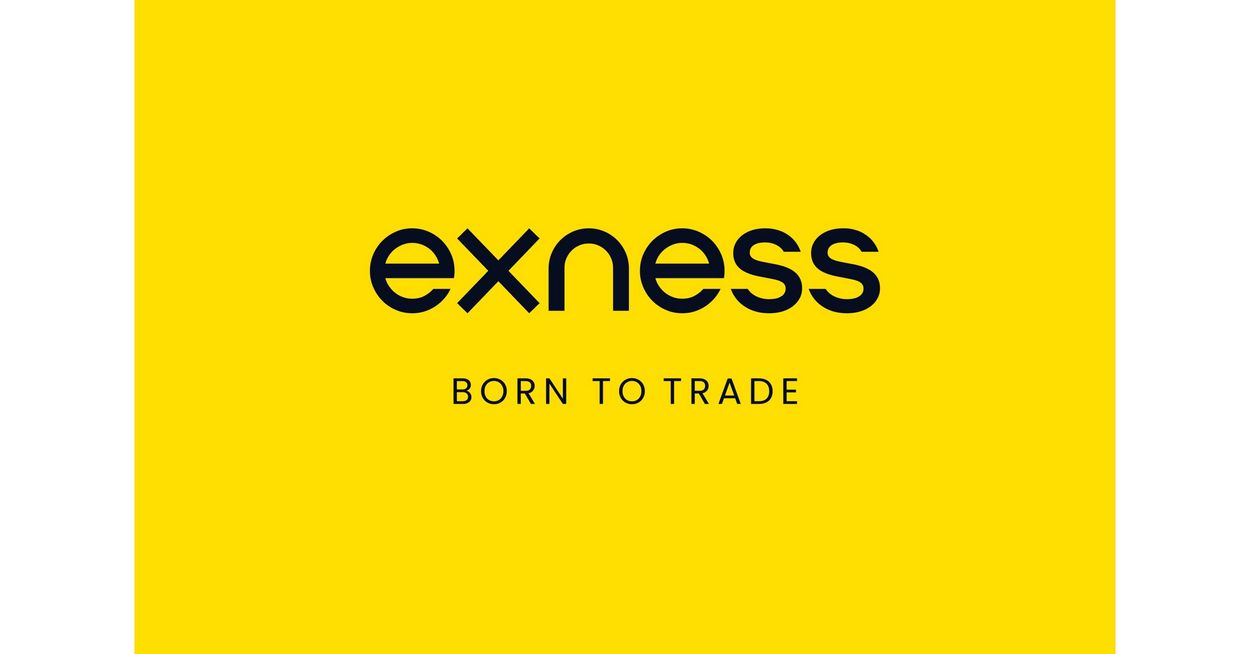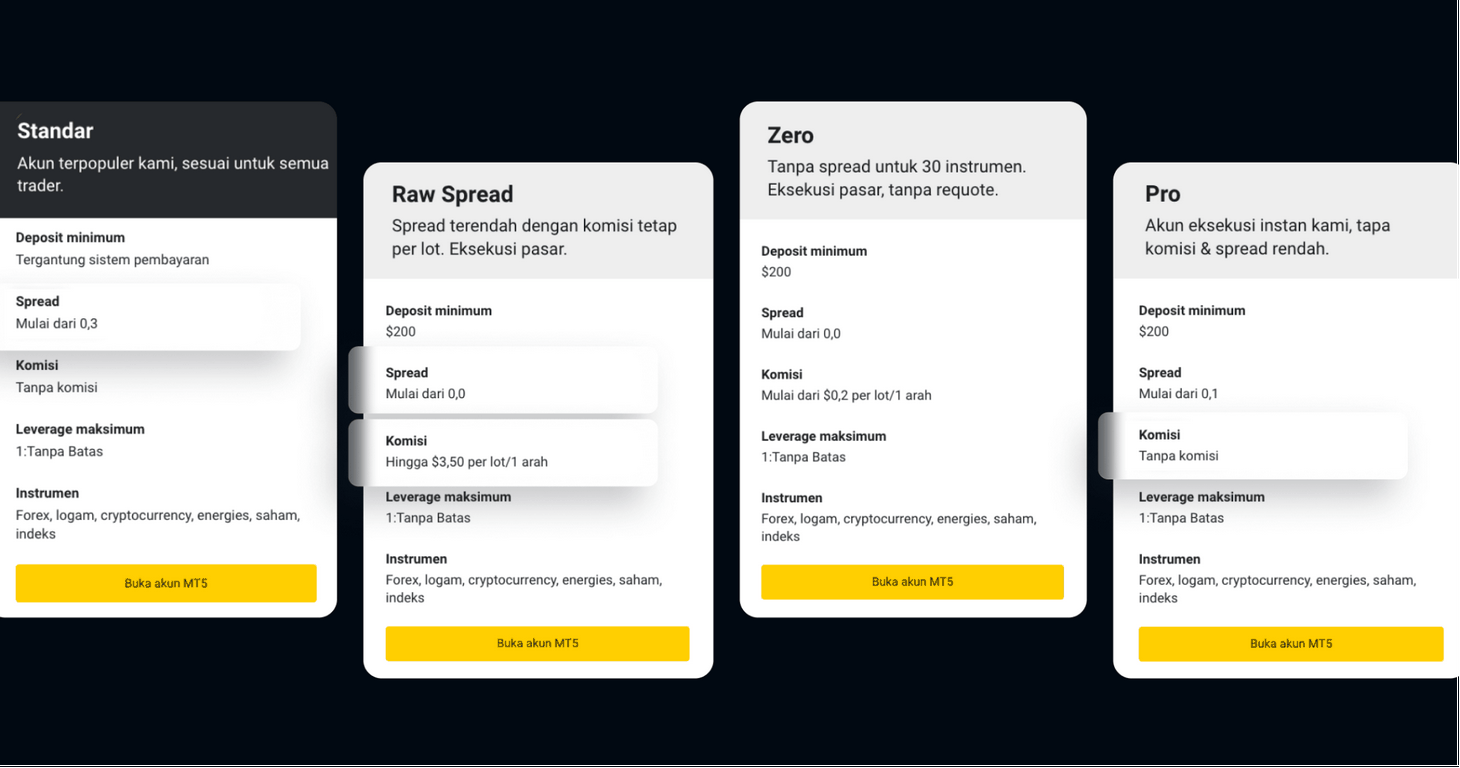Meaning of Index Trading
An index gauges how a group of properties, like openly traded firms, are doing. In trading, this frequently entails tracking the supply prices of major firms. Trading indices are available in Exness.
As an instance, among the most well-known indices is the Dow Jones Industrial Average (DJIA). It tracks the efficiency of 30 huge United States business. If the supply rates of these firms increase, the DJIA rises also. If they go down, the DJIA also drops.
Examples of Index Trading
Below are some of one of the most popular indices worldwide, a lot of which include excellent supplies.Read about Exness MT4 for Indonesian At website Excellent firms are reputable, leaders in their industries, and generally have extremely high market price.
- Dow Jones Industrial Standard (DJIA):
Tracks 30 big, US-listed business.
- FTSE 100:
Represents the 100 biggest companies on the London Stock Market.
- S&P 500:
Includes 500 of the largest firms detailed on US stock market.
- Nasdaq 100:
Primarily includes significant technology business, featuring 101 securities from the 100 largest non-financial companies on NASDAQ.
- EURO STOXX 50:
Tracks 50 leading business in the eurozone, similar to the Dow Jones for Europe.
- DAX 40:
Germany’s key supply index, consisting of 40 major firms on the Frankfurt Stock Exchange.
- CAC 40:
Consists of 40 leading companies on Euronext Paris.
- Hang Seng:
Tracks 73 large firms on the Hong Kong Stock Market.
- Nikkei 225:
Japan’s main supply index, covering 225 huge companies on the Tokyo Stock Market.
- ASX 200:
Benchmark index for Australia, consisting of the 200 largest supplies on the Australian Stocks Exchange.
Why Choose Exness for Index Trading?
Benefits of Trading Indices on Exness
Indices have actually been prominent among both newbie investors and seasoned investors for numerous reasons:
- Less Funding Needed:
Starting with index trading calls for less cash than trading real futures contracts, and the prices are lower. - Diversification:
Index trading spreads your investment across lots of stocks, lowering the impact of any kind of solitary stock’s performance on your portfolio. Leverage:
Some index trading products, like futures and CFDs, use utilize, letting you manage bigger settings with much less funding, which can boost both potential profits and losses. - Liquidity:
Significant indices are very liquid, implying there are several customers and vendors, permitting reliable trade implementation with very little cost changes. - Hedging:
You can use index trading to secure against potential losses in other parts of your profile. As an example, if you have several supplies, you can use index futures to defend against total market decreases.
Offered Indices on the Exness Platform
Checklist of indices readily available for trading on Exness are listed below:
AUS200
Australia S&P ASX 200 Index
DE30
Germany 30 Index
FR40
France 40 Index
HK50
Hong Kong 50 Index
JP225
Japan 225 Index
STOXX50
EU Stocks 50 Index
UK100
UK 100 Index
US30
US Wall Street 30 Index
US500
United States SPX 500 Index
Exness Apps for Index Trading
With Exness broker, you can trade indices making use of:
- Metatrader 4 for mobile
- Metatrader 4 for PC
- Metatrader 5 for mobile
- Metatrader 5 for PC
- Exness web terminal
Key Index Trading Strategies
Instances of Index Trading Techniques
Trading indices is easy utilizing Exness services. You can trade indices five days a week and begin with a small amount of money. Right here’s a simple detailed overview on just how to trade indices:
- Open your Exness account:
Use your credentials to login and access your individual location. - Fund your account:
After your account is confirmed, down payment funds to start trading. - Choose an index to profession:
With your account funded, pick the index you intend to trade, such as the AUS200m: Australia S&P ASX 200 Index DE30m: Germany 30 Index FR40m: France 40 Index. - Strategy your trading method:
Choose how much to spend, set stop-loss and take-profit orders, and establish your risk resistance. Think about just how much you’re willing to shed if the profession goes against you. - Put your profession:
Go into the quantity you intend to invest, pick to acquire or offer, and set your stop-loss and take-profit orders. - Monitor your profession:
Watch on your trade to guarantee it’s carrying out as expected. You can close your profession at any time to take earnings or cut losses.
If you’re new to trading indices, enlighten on your own on just how the market works and the feasible dangers. Beginning with a small amount of money that you’re going to lose during the learning stage.
Techniques and Methods for Index Trading
Let’s say the FTSE is currently trading at 6800.50.
Your evaluation recommends a good opportunity to acquire, and you believe the market view is positive for the FTSE. You make a decision to acquire one great deal, where each factor motion in the index equals a USD$ 1 profit or loss.
Two days later on, the FTSE rose to 6850.50, equally as you anticipated. To calculate your earnings, you subtract the opening cost from the closing price:
(6850.50 – 6800.50) x USD$ 1 = USD$ 50.
Index Trading Hours
Various indices are traded at various times, depending upon their exchange. If you’re brand-new to trading, it might be a good idea to avoid these high-volatility hours, as costs can transform swiftly. Nonetheless, this period is likewise an excellent chance to enjoy and discover exactly how the market acts.
The most effective time to trade is when the markets open in various time zones. Given that index markets wear’t run 24/7 like the money market, you require to select the right time to make your professions.
Index Market Trading Hours
There are certain times during the trading week when market task picks up, as traders respond to recent news and occasions. One of the very best times for knowledgeable traders is between 9:30 and 10:30 a.m. ET, because that’s when you see the largest rate modifications in the quickest time. An additional instance: The trading time in India runs from 9.15 am to 3.30 pm. Traders using Exness indices can deal shares easily throughout this time.
Here are the trading hours for 4 indices in Exness, all in GMT +0 server time:
- AUS200:
Trading: Sunday 22:05 to Friday 20:00
Daily Breaks: 06:30 -07:10 and 20:59 -22:05 - US30, FR40, DE30, USTEC, US500, STOXX50, UK100:
Trading: Sunday 22:05 to Friday 20:00
Daily Break: 21:00 -22:05 - JP225:
Trading: Sunday 22:05 to Friday 20:00
Daily Break: 20:59 -22:05 - HK50:
Trading: Sunday 22:05 to Friday 20:00
Daily Breaks: 00:45 -01:15, 04:30 -05:00, 08:30 -09:15, and 21:00 -22:05
Frequently Asked Questions regarding Index Trading on Exness
Exactly how does an index job?
An index is a monetary indication that measures the performance of a basket of stocks traded on a certain exchange. As an example, the S&P 500 Index provides the top 500 business with the highest possible market capitalization on the NYSE. Generally, each stock in the index is given a heavy standard about their market capitalization, which identifies their degree of effect on the index cost. The supply index price is calculated using live prices of detailed supplies and fluctuations also affect the index rate according to the weight of the stock.
Why are securities market indices crucial?
A securities market index stands for a particular section of a stock exchange, generally the most valuable firms or a particular sector such as financing. Indices allow financiers to determine the wellness and efficiency of service procedures. They also assist area long-term patterns to forecast investment returns and recognize new chances. Supply indices are usually more secure and foreseeable, which is why numerous day traders choose to deal index Contracts for Distinction (CFDs) while staying clear of the many times the threat of buying individual stocks.
What is the most effective way to examine the stock market index?
Each stock exchange index is slightly various compared to others, and index details such as elements, weight, computation and trading hours require to be studied. Factors such as profits reports or fields represented, which can fundamentally influence stock costs, have a strong effect on the index. Economic information such as GDP (Gdp) can likewise impact the rate by stimulating the valuation money. Technically, patterns are reasonably steady, making support and resistance levels reputable indications of price targets and reversal factors.
What’s the distinction between index trading and supply trading?
Supply trading entails purchasing and offering shares of particular firms at their specific rates. When you get a stock, it moves to you from the vendor, and you come to be the proprietor. Index trading, on the other hand, entails trading a team of supplies that comprise an index utilizing a solitary tool. An index stands for a group of supplies that offer a general sight of the market all at once (like the Dow Jones Industrial Average) or a specific industry (like the FTSE 100 for UK companies).
 Trading Indices on Exness |

